Women’s History Month is on the horizon, and with it comes a chance to add some engaging ideas to your classroom schedule that celebrate all the impacts women have made to American society. From windshield wipers to coffee filters, some of the important things we use just about every day were created by women, and women have played a role in everything from our most important scientific discoveries to the civil rights movement.
Looking for Women’s History Month 2024 activities that will resonate with the kids in your classroom and some new ways to incorporate marking the month? It’s often said that education is the best step toward gender equity in America, but you don’t have to do this alone! The teacher team at Teach Starter has put together some of our favorite ideas for kindergarten through sixth grade to make March a month to remember in your classroom.
Read on for Women’s history activities, ideas for decorating your classroom this month and more!
Short on time? Explore our Women’s History Month resource collection now for ready-to-use printables.
What Are Some Ideas Recognized During Women’s History Month?
There are many angles and ideas you can focus on for Women’s History Month. The National Women’s History Alliance has a new theme each year, but there are other evergreen categories you can choose from to focus your lesson plans and discussions.
You can use the following for inspiration in your classroom whether you choose to focus on one idea per week, one for the entire month, or use a mix throughout the month (and all year!).
- Key Dates — Analyze women’s history through a timeline or focus on important dates that gave women new opportunities. Each milestone can act as a different lesson to focus on with your students.
- Celebrate Women — For younger students especially, teaching them the who/what/where/why of various women’s work and accomplishments throughout history is valuable for name recognition and inspiration.
- Gender Stereotypes — Gender stereotypes have clung to women since day one. From their physical appearance to occupations to domestic behaviors, women have fought hard to break these stereotypes and continue to do so. This is a perfect idea to focus on with lessons on Ruth Bader Ginsburg.
- Ongoing Challenges — Women continue to earn less than men in today’s world and face a multitude of double standards. Use this idea to see what solutions your students may have and how we can create a more inclusive world.
How Do You Explain Women’s History Month to Kids?
An easy way to start your Women’s History Month lessons with young children is to focus on the what/where/when, and why. Breaking down the immense history of women into bite-sized pieces will not only help you from becoming overwhelmed but will also help your students retain the information better.
- Where is Women’s History Month celebrated? Officially, Women’s History Month is celebrated and recognized in the United States, the United Kingdom, and Australia.
- Why do we celebrate Women’s History Month? We celebrate Women’s History Month to recognize the accomplishments women have made in our society and the world throughout history. Women have historically been underestimated, undervalued, and given fewer opportunities than their male counterparts. The struggles they’ve gone through provide valuable lessons in how we treat one another, and how we can be more inclusive now and in the future.
How to Decorate the Classroom for Women’s History Month
We’re not asking you to redecorate the entire room! But with International Women’s Day in March, this month is a good time to substitute purple, green, and white in places where gender stereotypes have slipped into the classroom colors. These are the three official colors of International Women’s Day, inspired by the colors used by the Women’s Social and Political Union (WSPU) in the UK in 1908.
The reason isn’t simply that the three shades are different from blue and pink either. Each symbolizes something specific:
- Purple: Dignity and justice
- White: Purity (this is a controversial concept, so be careful how you use this color — it should be a neutral rather than a symbol of actual purity)
- Green: Hope
Women’s History Month Activities for Kids
Looking for ways to honor Women’s History Month in your classroom? Use any or all of these ideas to get your students to think critically about women’s contributions throughout history, learn about incredible inventors, politicians, and artists, and more.
Issue a Girl Power Reading Challenge
Give your students’ at-home reading time a Women’s History Month theme this month with a reading challenge. Your kids can be challenged to:
- Read books by authors whose last names start with W, O, M, E, or N
- Read a book about a woman you find inspiring
- Read a book written by a female author
- Read a book with a female protagonist
- Read a book by an author whose last name starts with G, I, R, or L
This idea will not only help your students do a bit of investigating and develop reading skills. It will also create awareness about various women authors and protagonists that they perhaps didn’t know of before.
Teach Starter Teacher Tip: Students can record their books on this free reading log.
Celebrate Women in Space
The first American woman in space was a physicist, so it only seems fitting that kids should learn some of the core concepts of physics in Sally Ride’s honor this Women’s History Month! Students can use 3D rectangular and trapezoidal prisms to build their own astronauts. Like the popsicle stick airplane, this activity will help your students develop their hand-eye coordination, fine motor skills, and ability to follow directions. Oh, and did we mention it’s just plain fun?
Celebrate her pioneering Challenger flight with a look at her life in this 3-minute video from the Smithsonian Institute or read a copy of Sally’s own book for kids, Sally Ride: A Photobiography of America’s Pioneering Woman in Space.
Write an InstaFan Biography
Challenge your students to imagine what it would be like if members of the suffrage movement had social media! Our InstaFan Template will have students imagine they were in the shoes of these influential women and create an InstaFan account.
This download includes a template for each of the women’s suffrage leaders:
- Susan B. Anthony
- Ida B. Wells
- Elizabeth Cady Stanton
- Sojourner Truth
- Lucretia Mott
- Lucy Stone
When finished, you can compile all your students’ InstaFans profiles into a fun bulletin board display!
Introduce Women’s History Month
To save you some precious planning time creating a PowerPoint or presentation, PBS Kids has a great short introductory video to help you answer “What is Women’s History Month?” with a solid example:
They also have a video for International Women’s Day. After viewing this video, take a few minutes to have your students reflect on this celebration and discuss it together as a class. Here are some icebreaker questions you can consider:
- Who is a woman in your life that has made a contribution to our society?
- Why do you think there isn’t a history month for men?
- Why do you think it’s important that women have careers in science and math?
- Do you think men and women have different perspectives? Why or why not?
- Who is a historical woman figure you admire?
- Why do you think women were originally not allowed to vote?
Using a Morning Meeting or an entire class to discuss, and answer some of these questions will help students reflect, compare and contrast, and develop higher-order thinking skills.
View the Virtual “Girlhood” Exhibit at the National Museum of American History
An online exhibition from the Smithsonian Institution, National Museum of American History, Girlhood takes a look at the way girls have changed history in politics, education, work, health, and fashion. Based on an exhibition that opened at the National Museum of American History in October 2020, the free exhibit covers important figures from Helen Keller to Naomi Wadler.
The Girlhood exhibit can serve as a great read-aloud exercise in social studies or history class. Each category can also serve as a topic for small group work if you have classroom computers, and each group can present their theme to the class.
Focus on Women in STEM
Women and girls are still wildly under-represented in the STEM fields in the US (and around the world), but the number of women and girls seeking degrees in STEM fields is on the rise. Thank you, teachers!
Use your Women’s History Month classroom programming as a chance to showcase the long list of women (and girls) who have made major advances in the field of STEM, such as:
- Hedy Lamarr — An engineer whose work paved the way for the invention of Wi-Fi
- Maria Mitchell — The first female astronomer in the US
- Dr. Mona Hanna-Attisha — A pediatrician whose work helped expose the water crisis in Flint, Michigan
- Marie Maynard Daly — A scientist whose work helped expose the impacts of smoking cigarettes on the body
- June Almeida — The British virologist who first discovered the coronavirus (COVID-19 is a type of coronavirus)
- Marie Tharp — This geoscientist mapped the entire ocean floor using radar pings that bounced back off the ocean floor from boats above.
Teach your students about Ada Lovelace, the British woman who helped kick-start a revolution that led to the phones and tablets they know and love today with a free coding patterns activity:
Read Books With Female Protagonists
Is there ever a bad reason to increase the number of children’s books featuring women and girls at the center in your classroom library — and the books you’re reading aloud? We don’t think so. Now take a look at your classroom library. What is the ratio of books with female protagonists? Don’t feel bad if there’s an imbalance — studies show the publishing industry pumps out a lot more books for children with boys at the center. But this is a good time to right that imbalance, making sure you’re ensuring the representation of girls in your read-alouds and mentor texts.
It’s essential that both boys and girls read books with women at the center of the story. This helps young girls know that they are capable of doing anything, and shows boys that both sexes can lead, dream, invent, solve problems, and create equally. Reading books with female protagonists can also help kids develop those all-important critical thinking skills. When they encounter characters who face different challenges and make different choices than they would, they learn to question their assumptions and consider alternative perspectives.
Looking for more ways to make texts about women and girls a meaty subject? Try these!
- Analyze a female protagonist with character mapping.
- Analyze a female antagonist’s point of view.
Take Flight With Amelia Earhart
While we’re talking about important women in STEM and stories with women at the center, it seems appropriate to dive into the story of trailblazing feminist icon Amelia Earhart.
Not only was she the first female pilot to fly solo across the Atlantic Ocean, who paved the way for countless women to take flight, but Earhart’s disappearance while attempting to fly around the world in 1937 remains a mystery to this day and has captured the public imagination for decades. Learning about her life and legacy can help kids understand important historical events and the impact of individuals on history.
Honor her contributions by building small versions of her famous Lockheed Vega 5B with craft sticks and clothespins (plus a little paint), to discuss the science and history of flight. Craft projects such as Earhart’s plane help students with crucial skills such as hand-eye coordination and concentration. It will also help your kids learn to watch, listen, and follow directions in order to create the desired outcome.
Need instructions? Watch a fun video of the airplane being pieced together!
Want to dive deeper into Earhart and her story?
- Make a virtual visit to the Amelia Earhart Hanger Museum with your class (there is a cost involved, but visits are tailored to the audience, so you may be able to bring several classes together for something specific to your lessons).
- Read I Am Amelia Earhart (Ordinary People Change the World) (best for primary grades) or Amelia Earhart: The Legend of the Lost Aviator (best for ages 8-12)
- Download a free Amelia Earhart constructed response worksheet
Discuss Language Bias
Ever notice how often we, as a society, gender words that could easily be kept gender-neutral? Spaceman. Waitress. The list goes on. Discussing this language bias can lead to powerful discussions with older elementary students and help you create a more inclusive classroom. After all, studies show that using “gender fair” language can help create a more equitable world.
You might want to consider changing up the way you address your class with gender-neutral replacements for “boys and girls” to role model the behavior for your class, and adding some activities during Women’s History Month that present the concept of language bias in a kid-friendly context.
Dive Into Gender Stereotypes
As an extension of the language bias discussion, discussing gender ground rules can help older elementary students think about stereotypes they encounter every day — not just during Women’s History Month. This activity is built in comic form and introduces important figures such as Jane Goodall to break down some common stereotypes.
Write Letters to Important Women in Their Lives
Another Women’s History Month idea is to talk about the important female caregivers out there today. From grandmothers and aunties to mothers and foster moms, to doctors and nurses, and so on, each is shaping history in their own way. Consider writing letters thanking them for the impact they make on others.
One Final Note — Perfect Your Praise
There’s ample evidence that many teachers unconsciously punish boys more than girls and also provide their male students with more positive feedback. There’s no finger-pointing here — everyone teaches and disciplines differently. But it’s always nice to hit the reset button, isn’t it? Even if it just means getting even better when you’re already doing something well?
Why not use this Women’s History Month as a chance to practice mindfully providing equal amounts of positive feedback to all the children in your class, as well as being mindful of who you are calling on and how often, and how you’re encouraging participation in small group work.
Studies of various classrooms over the years have shown that boys tend to be more likely to speak up during a class discussion, whether or not they know the content as well as their peers and whether or not they’re being called on. Be mindful of this tendency, and make a point of focusing on more equal class participation.
Be aware, too that studies show boys, on average, have a tendency to ignore girls’ comments and contributions when working in small groups — no doubt setting the stage for this behavior in corporate board rooms down the line. Be clear about classroom expectations and what it means to be a team player, and stress the importance of everyone’s opinions mattering!

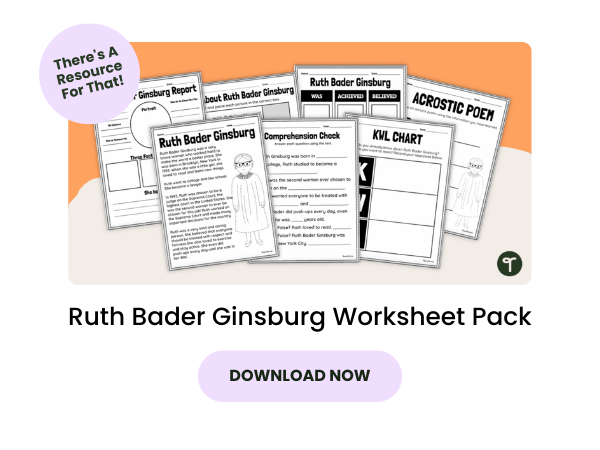
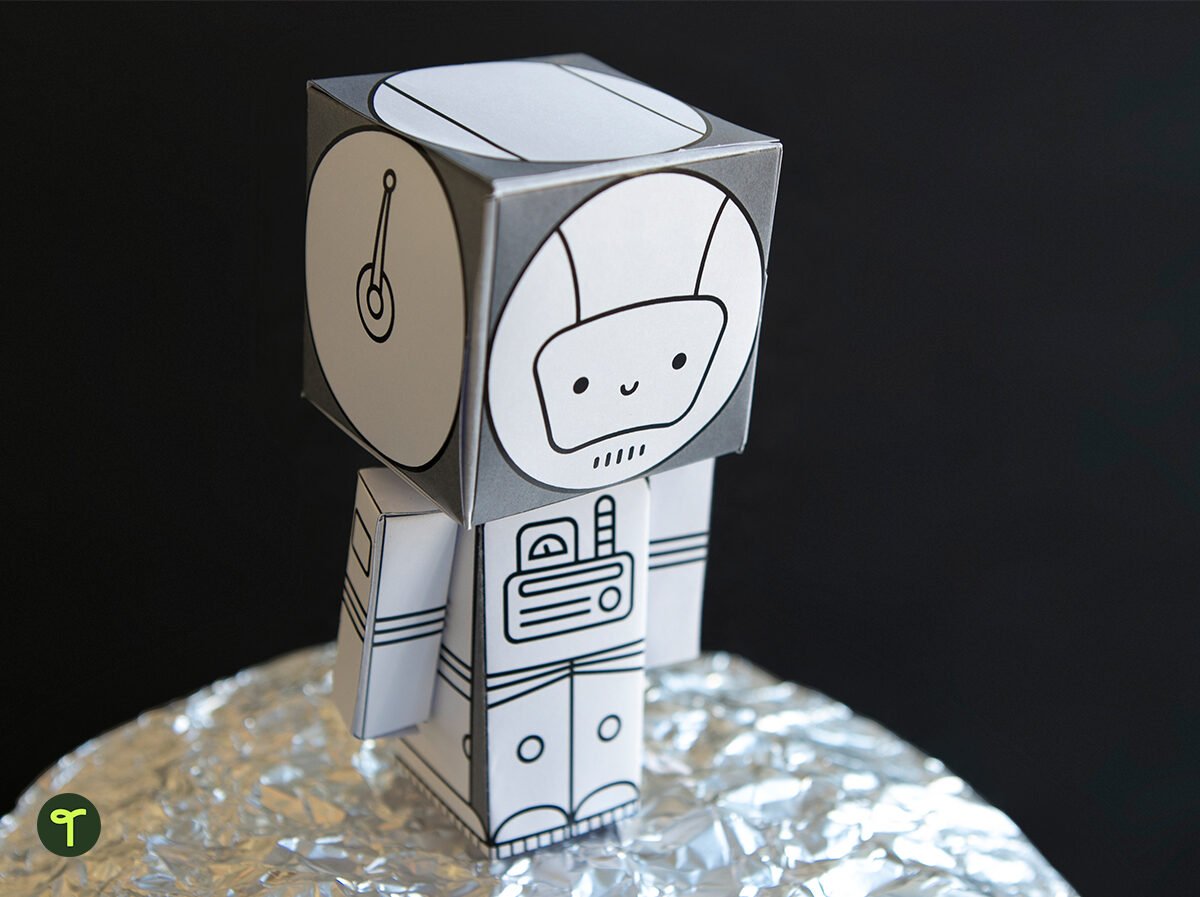

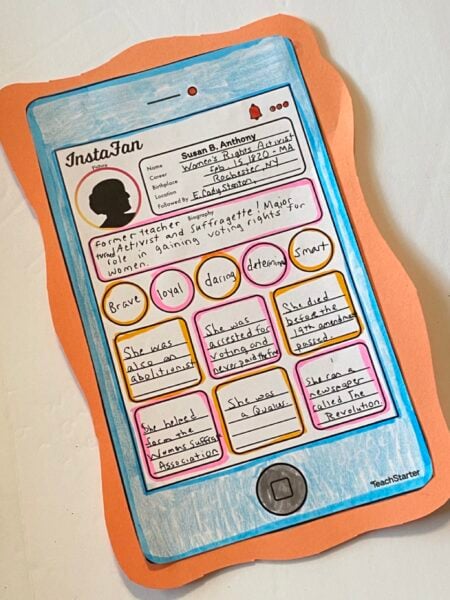
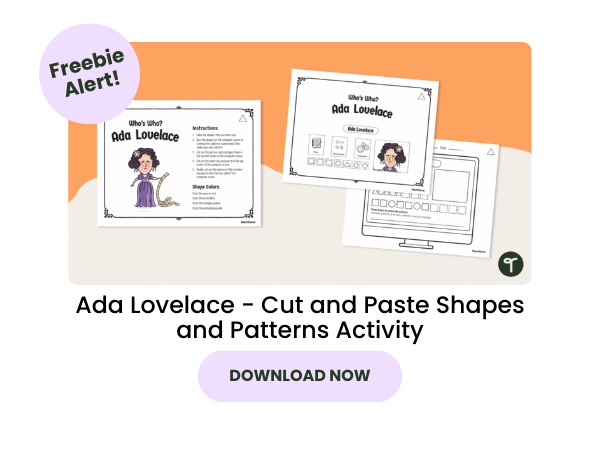
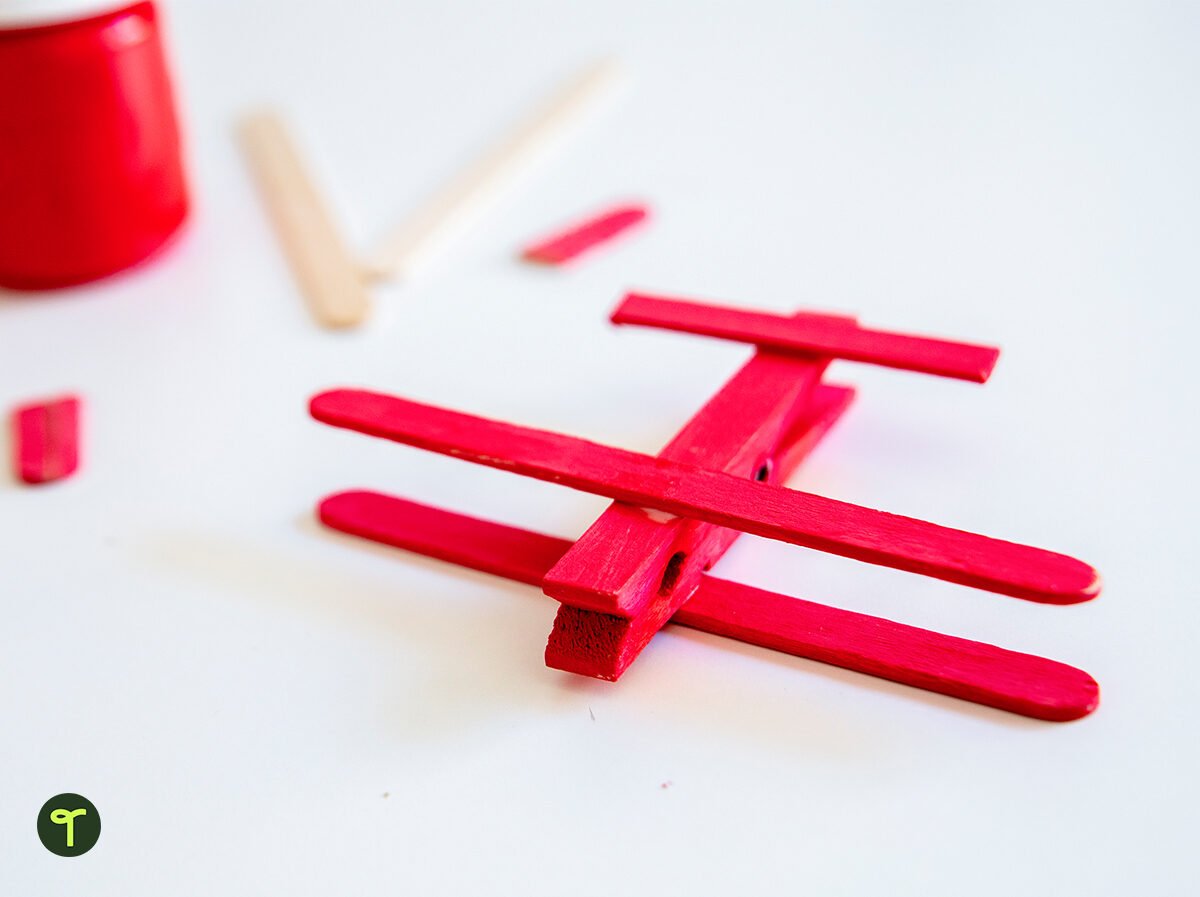
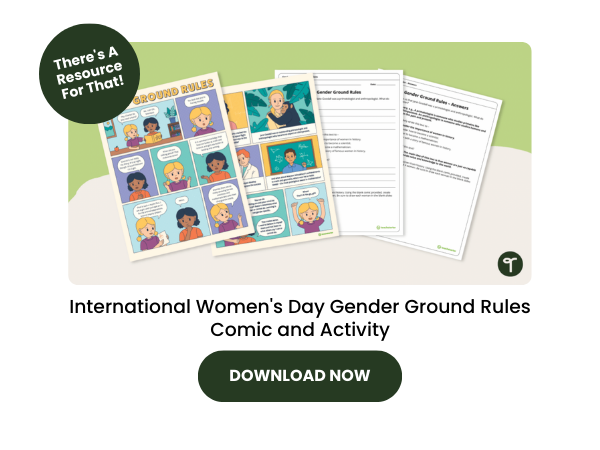
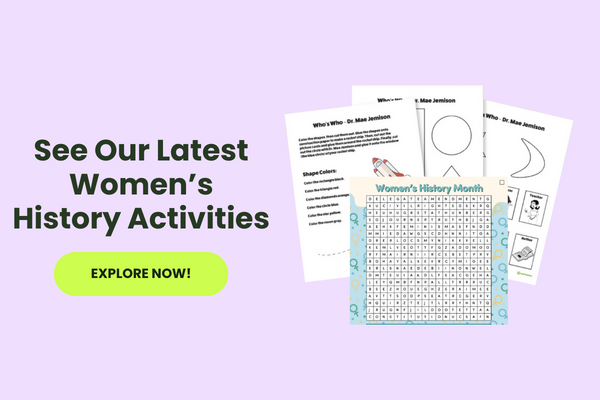






Comments